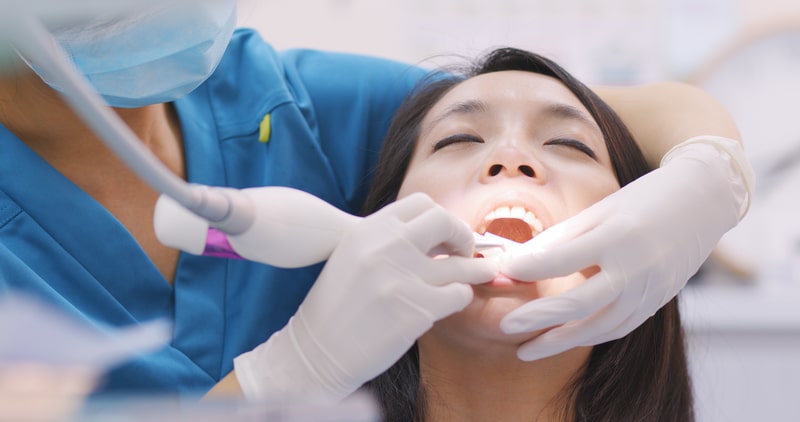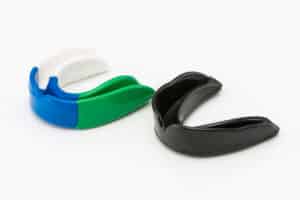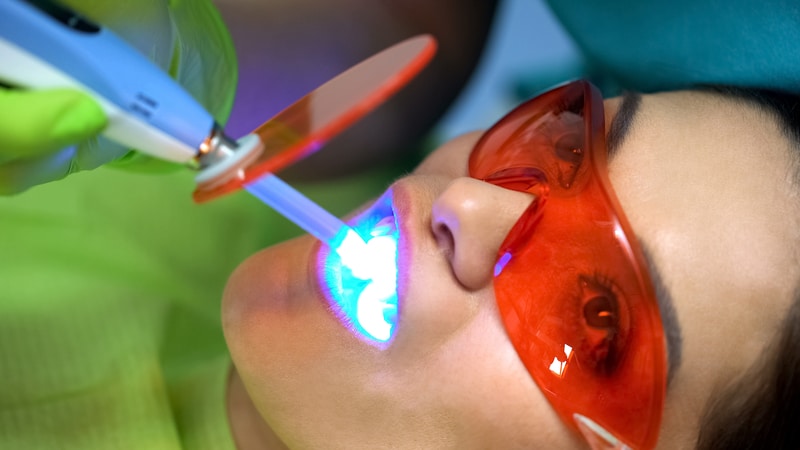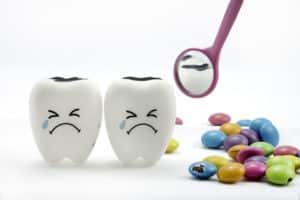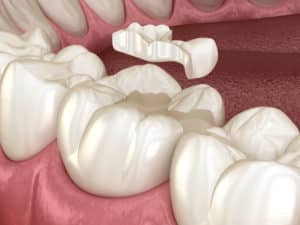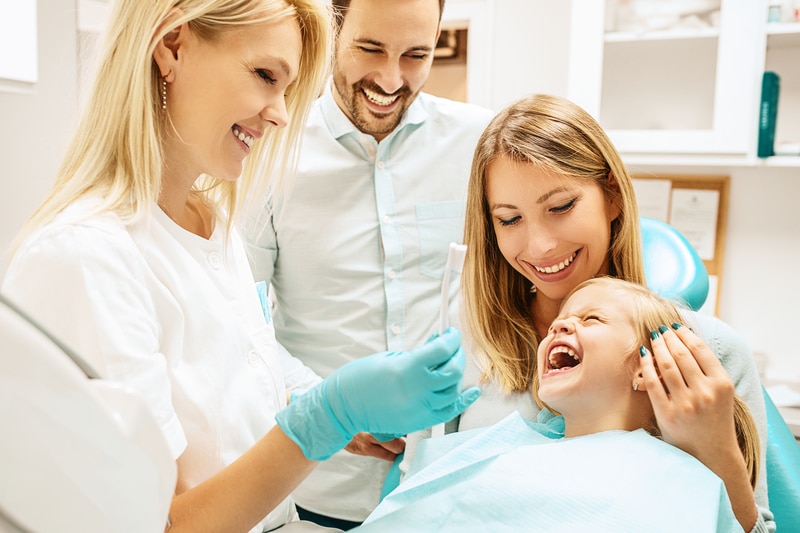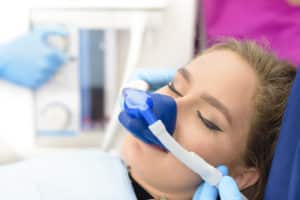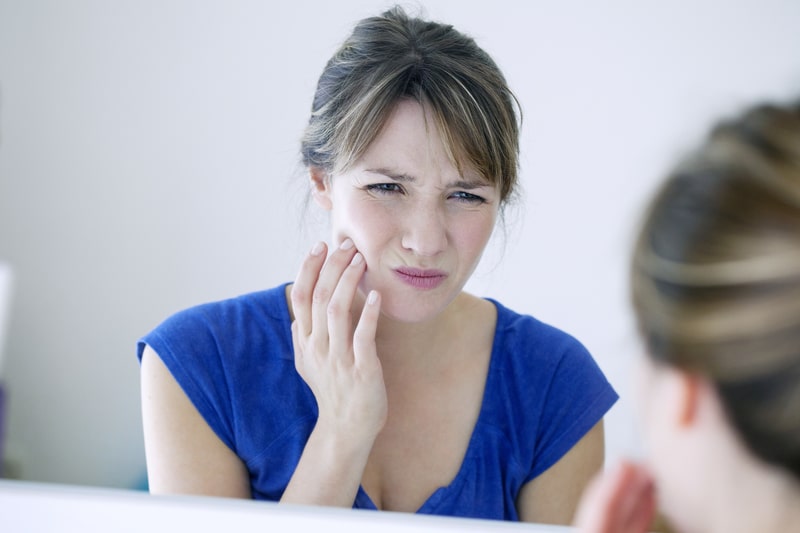
Color Changes to Your Gums
Healthy gums are pink and firm to the touch. If yours have changed color recently, it could be that normal hormonal changes or harmless side effects of oral procedures are to blame. On the other hand, you could have an underlying health condition. You’ll need a diagnosis from your dentist or doctor to be sure. Then, you can begin treatment if necessary. In the meantime, here are some possible causes of color changes to your gums.
Red Gums
It’s common for red gums to be swollen and tender and bleed when you floss. They may also pull away from your teeth, leaving pockets for food particles and bacteria to hide. Other symptoms include mouth sores, bad breath, or a persistent bad taste in your mouth.
If this describes your condition, you could be in the beginning stages of gum disease, or periodontal disease. This condition develops if you have poor dental hygiene, allowing plaque to form on your teeth. This sticky film contains bacteria that release irritating toxins, which is what causes your gums to become red and inflamed. If you don’t see a dentist and begin periodontal treatment, you risk damage to tooth-supporting bone and tissue, possibly leading to tooth loss.
While gum disease is a likely cause of red gums, it’s not the only possibility. Hormonal changes can cause gums to turn red, but only temporarily. For instance, during puberty, boys and girls may notice color changes to their gums. Then, women may experience tender, swollen, red gums around their menstrual cycle, during pregnancy, at menopause, and while taking contraceptives. Regular dentist visits and good oral hygiene at home are important to protect your mouth during all of life’s stages.
Pale or White Gums
Usually, pale-colored gums signal an underlying health condition. A variety of problems may be to blame, so if you have white gums, you should talk to your dentist followed by a doctor to help you pinpoint the cause. Here are some possible reasons you have noticed these color changes to your gums:
Gingivitis, a bacterial infection of the gums that can cause them to turn white and recede
Canker sores, which can develop at the bottom of your gums and make them appear white
Oral candidiasis, or thrush, a yeast infection of the mouth that appears white or red
Leukoplakia, or smoker’s keratosis, thickened white patches that form on the gums, inside of the cheeks, and bottom of the mouth
Anemia, a medical condition causing a low red blood cell count that can make your skin and gums look pale
Oral cancer, which may cause small white, red, or flesh-colored bumps to form on your gums, tongue, and the roof of your mouth
In addition to these health concerns, white gums can also be the result of dental procedures. If you have a tooth extracted, the gums near the affected site may turn pale for a while as a result of the trauma. The color should return to normal after a few days. Gums may also lighten temporarily after in-office teeth whitening. They should return to their usual color after several hours.
Black Gums
As with other color changes to your gums, darkening or blackening may be totally harmless, or it may be a cause for concern. First, if your gums have always been dark, you probably have a higher concentration of melanin. This skin-darkening pigment causes some people’s gums to naturally appear black or brown, which is most likely if you also have dark skin.
It’s possible for hormonal changes during pregnancy to cause gums to darken as well, which is harmless. An amalgam tattoo—or the appearance of black, blue, or grey gums surrounding an amalgam tooth filling or crown—also requires no treatment because it poses no health risks.
However, there are several other reasons for gums to turn black that require medical attention. Here are some potential underlying causes for these color changes to your gums:
Smoking, which can cause smoker’s melanosis, a condition that causes the gums, inside of the cheeks, and lower lip to develop dark patches
Acute necrotizing ulcerative gingivitis, or trench mouth, a gum infection that causes black or grey gums
Addison’s disease, a hormonal problem that can lead to darkened gums and lips
Minocycline, a medication with an uncommon side effect of causing gum discoloration
Sudden or patchy color changes to your gums are always worth addressing. See your dentist right away to determine a diagnosis and treatment.
Call Our Boulder Dentist to Diagnosis Color Changes to Your Gums
Clearly, you should always be on the lookout for unusual changes in your mouth. They could be totally harmless, but they could also signal gum disease, anemia, oral cancer, or other problems. The next time you notice color changes to your gums, or if you have any other oral health concerns, please call Dr. Ania’s dentist office in Boulder, CO at 303-443-0998.


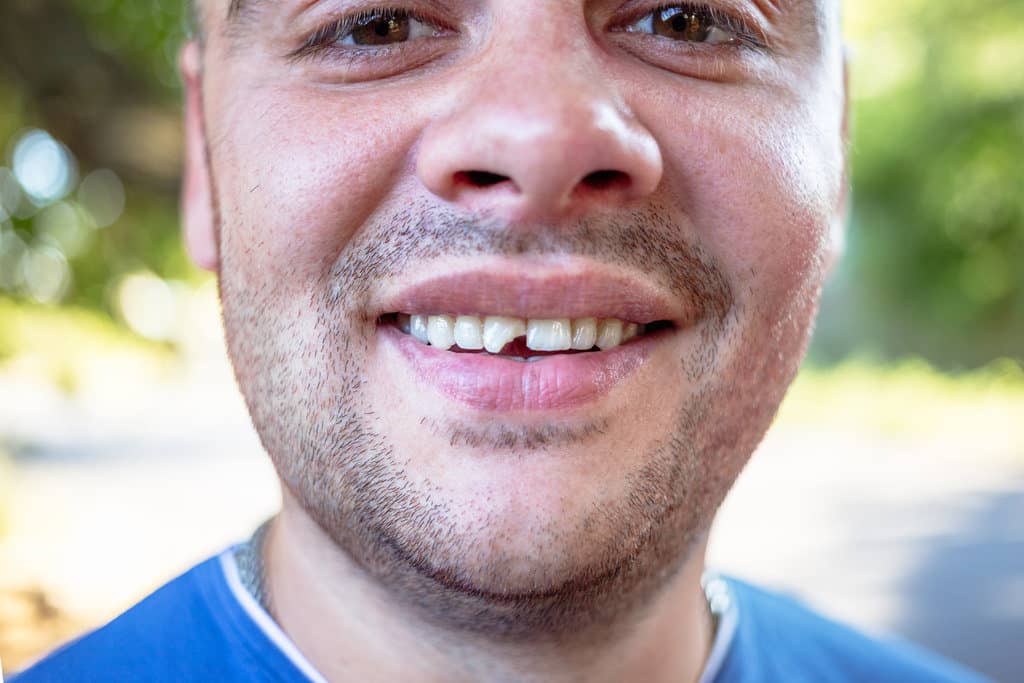

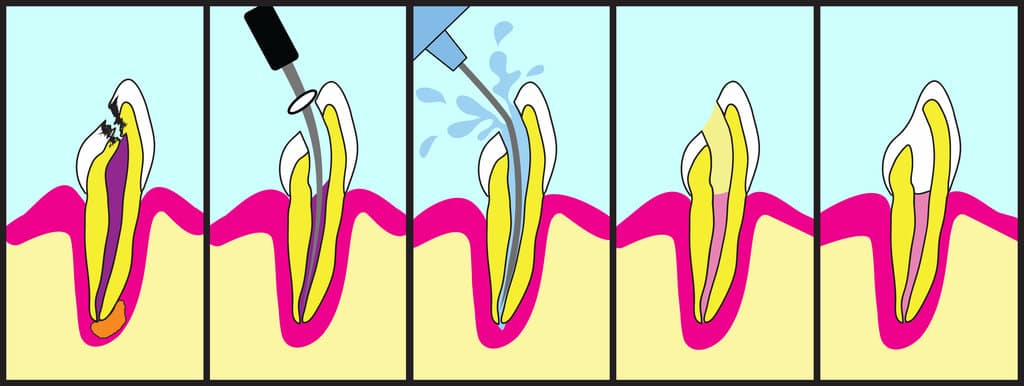 Today—the second Wednesday in May—is
Today—the second Wednesday in May—is
